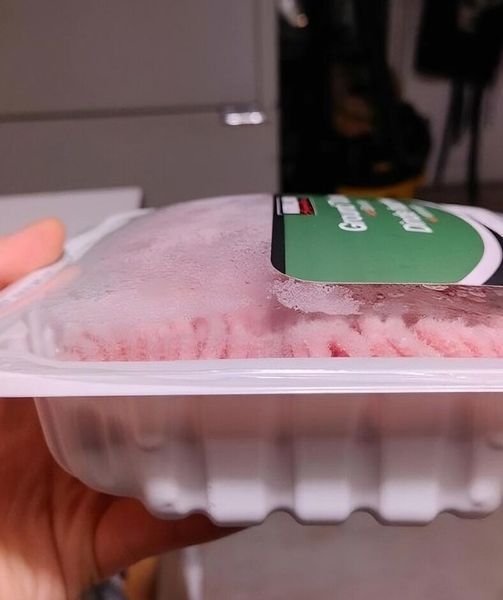Have you ever picked up a bag of chips at the store and noticed how it feels puffed up? While it might seem like a packaging mishap, it’s actually done on purpose most of the time. That extra air isn’t there to trick you—in fact, it plays a crucial role. Let’s dive into why some foods are packaged with air while others are not, and what it means for your food safety.

The Science Behind Air in Chip Bags
If you’ve ever felt that your bag of chips seems half-empty, it’s not just a marketing ploy. The extra space, known as “slack fill,” helps protect the fragile contents from getting crushed during transport. This air cushion acts as a protective barrier, ensuring that your chips remain fresh and crispy when they arrive at your home.
Interestingly, the air in those bags isn’t just ordinary air. Most chip manufacturers use nitrogen gas. This particular gas prevents the chips from going stale, which helps them stay fresher for a longer period. So, the next time you open a bag of chips, remember the science that goes into maintaining that delicious crunch.
Why Some Foods Are Packed Without Air
In contrast, certain foods, especially perishable items like cheese and sausages, are packaged with minimal air to deter bacterial growth and extend the product’s shelf life. By significantly reducing the presence of air, particularly oxygen, the risk of spoilage and contamination decreases substantially.
Vacuum-sealed packaging is frequently used for such perishable items. By removing the air, these packages create an environment where bacteria find it challenging to thrive, ensuring the food remains fresh until it reaches your table.
When Packaging Inflation Is a Red Flag
While air-filled chip bags are common, encountering bloated packaging on perishables can be alarming. Packaging that appears swollen or inflated, particularly with items like dairy products, meat, or canned goods, may indicate a problem. This bloating can result from gases like carbon dioxide released by bacteria inside the package.
Sometimes, the bacteria involved are harmless and only result in spoilage, but others can cause foodborne illnesses. It’s crucial to handle swollen packaging with caution. If an item appears unusually puffy or inflated, it’s safer to avoid purchasing it altogether.
Foods Susceptible to Inflated Packaging
Certain food types are more prone to bloating than others. Perishable goods such as sausages, cheese, and dairy products commonly experience this issue. Canned foods can also swell if they are damaged or improperly stored, signaling potential problems inside.
Ensuring Safety When Grocery Shopping
To make sure your food is fresh and safe, consider the following tips:
Conclusion: How Packaging Affects Food Safety
Bloated packaging can sometimes be confusing and may cause concern, but it doesn’t always indicate spoiled food. Knowing why certain packages contain air and recognizing the warning signs of potentially unsafe food can assist you in making informed decisions while shopping. Always prioritize food safety, and if in doubt, choose caution to protect your health and your taste buds.